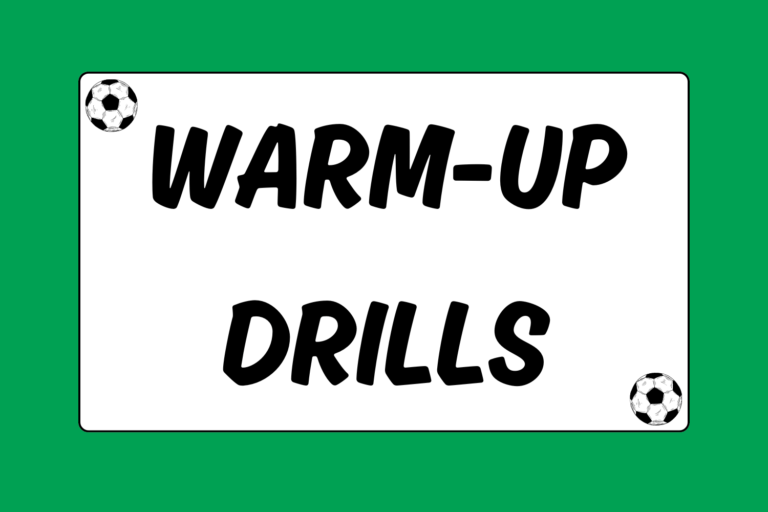Offside is without question the most controversial rule in soccer, and one that remains a great mystery to unfamiliar players and fans. However, its ability to confuse has been grossly overstated, and the principle is quite easy to und erstand for even the casual viewer.
The basic premise is that when an attacking player receives the ball while on his opponents’ half of the field, he must be level or behind the second to last defender (with the last typically being the goalkeeper). However, this rule only applies if the player receiving the ball is involved in the play.
The Meaning of “Second to Last Defender”
The term “second to last defender” can be somewhat confusing because the goalkeeper is not traditionally referred to as a defender, but when determining whether an offensive player is in an offside position, the goalkeeper falls into the equation. As a result, the “second to last defender” is typically the field player who is positioned closest to his own goal.
The best way to fully understand the offside rule is to see it in action. However, the images and descriptions below will hopefully clarify the rule, and give you a clearer picture of what an offside penalty looks like. The yellow line in the images depicts the imaginary threshold which the referee uses to determine offside.
Onside Pass
In this play the referee will not call the play offside because the player receiving the ball is in front of the second to last defender.
Offside Pass
In this play the referee will call the play offside because the player receiving the ball is behind the second to last defender.
Offside Player Not in Active Play
In this play the referee will only call offside if the offensive player on the far side of the field involves himself in the play. As long has he remains “inactive,” the attacking player in possession of the ball is free to continue the play.
Avoiding an Offside Play
The best way to avoid an offside play is by playing the ball “into space.” This means that you anticipate where a player is going to move to, make the pass, and then allow them to make a following run. In the above image, notice that the player receiving the pass starts out in an onside position when the ball is kicked, and then runs past the defender to receive it.
Back Passes
The referee will also refrain from calling a pass offside if the ball is played backwards (away from the opponents’ goal). For instance, if the offensive player receiving the ball is behind the second to last defender, but is also in front of the teammate passing the ball, they are still onside.
The Responsibility of the Passer
As the passer of the ball, you are responsible for recognizing when your teammate is in an offside position. If this is the case, do not pass them the ball, as it will only result in a penalty and loss of possession. If your teammate is repeatedly in an offside position throughout the course of a match, speak to them and let them know why they have not been receiving your passes. In most cases your teammate will adjust their positioning accordingly to accommodate the needs of the team.
You must also be aware of what is commonly referred to as the “offside trap.” This is when the opposing defenders try to bait you into making a through pass to a teammate, only to jump forward on the pitch, catching your targeted teammate offside.
Play Intelligently
Hopefully this guide has cleared up the confusion of the offside rule, and prepared you to enjoy a competitive game of soccer. Now you not only know how to make sure you and your teammates avoid an offside penalty, but you also know how to trap and frustrate your opponents, who may not be as familiar with the rule as you are.





